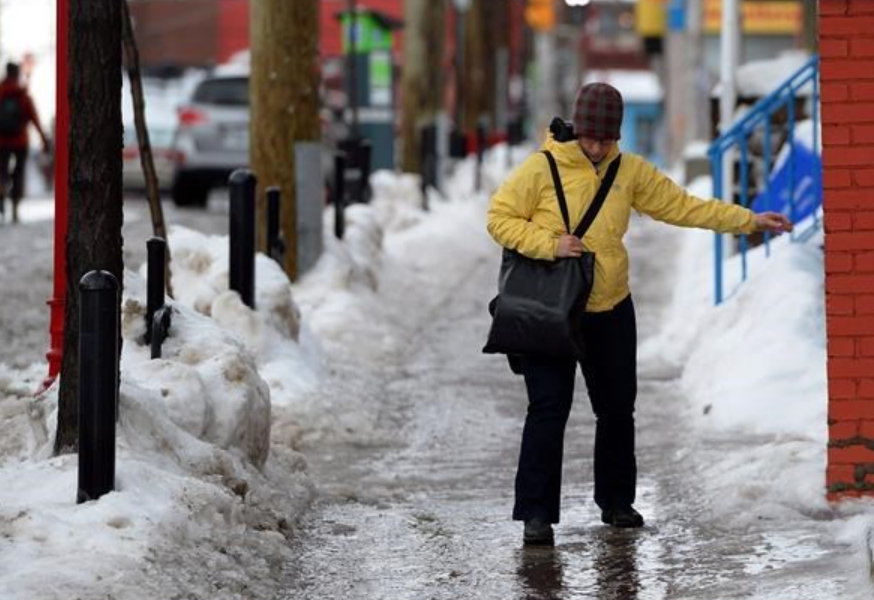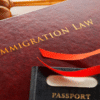Table of Contents
1. 📡 Understanding Winter Storm Warnings
A Winter Storm Warning is issued when hazardous winter conditions like heavy snow, sleet, or freezing rain are imminent or already occurring—typically within 12 to 48 hours. Conditions could endanger people and property via slippery roads, roof loads, and disrupted utilities.
- Key thresholds: ≥4 in (10 cm) snow, or 3 in plus ice.
- In the deep South, even 1 in of snow may trigger a warning due to the lack of preparedness.
- When heavy snow pairs with winds above 35 mph, a Blizzard Warning may replace it .

2. 🎯 Why It Matters
Winter Storm Warnings amplify risks like:
- Transportation hazards: icy roads boost accident rates.
- Power outages: snow and ice can topple trees and down power lines.
- Hypothermia/frostbite: exposure to severe cold and wind chill is dangerous.
- Carbon monoxide poisoning: using gas heating or generators without proper ventilation can be deadly.
3. 🏠 Preparing Your Home & Family
- Insulate & seal: weather-stripping and caulking keep the heat in .
- Stock a home emergency kit:
- Drinking water (1 gal/day/person)
- Non-perishables for 2 weeks
- Medications, blankets, extra warm clothing
- Backup battery, flashlights, power bank
- First-aid kit and manual charger for devices.
- Protect pipes: insulate exposed plumbing; let faucets drip during extreme cold.
- Safety devices: test CO detectors, smoke alarms, and maintain safe heating appliances.
4. 🚗 Winter Travel Readiness
- Prepare a vehicle kit: jumper cables, sand or kitty litter, blankets, snacks, water, and phone charger.
- Avoid travel unless essential.
- If caught in a winter emergency while driving:
- Stay in the car, turn on hazards
- Call for help, conserve fuel
- Keep the exhaust pipe clear from snow.
5. ☎️ Staying Updated & Connected
- Listen for alerts: Winter Storm Watches (potential, 12–48 hrs), Warnings (imminent, 12–24 hrs) .
- Activate local alert systems and NOAA weather radio.
- Keep your phone charged; get a battery-powered radio.
- Check on at-risk neighbors, especially the elderly and infants.
6. ⛄ During the Storm
- Stay indoors; keep pets indoors too.
- Monitor heating and avoid candles or unsafe fires.
- If using a generator, keep it outdoors at least 20 feet from windows/doors.
- Dress in layers and eat warm foods; avoid alcohol and caffeine.
- Know signs of frostbite and hypothermia:
- Frostbite: numb, white areas—rewarm gradually; seek medical care.
- Hypothermia: shivering, confusion, slurred speech—move inside, warm core, get help .
7. 🧹 After the Storm: What to Do
- Continue shoveling snow to prevent roof collapse; use safe techniques.
- Clear walkways and driveways of ice early.
- Report any hazards like downed power lines or carbon monoxide leaks.
- Replenish your emergency supplies and restock fuels/batteries.
✅ Final Reminder
A Winter Storm Warning is a call to immediate action. It signals serious conditions that can disrupt life, injure people, and damage property. By preparing ahead, staying informed, and taking safety steps during and after the event, you significantly reduce risks and protect yourself and your community.











